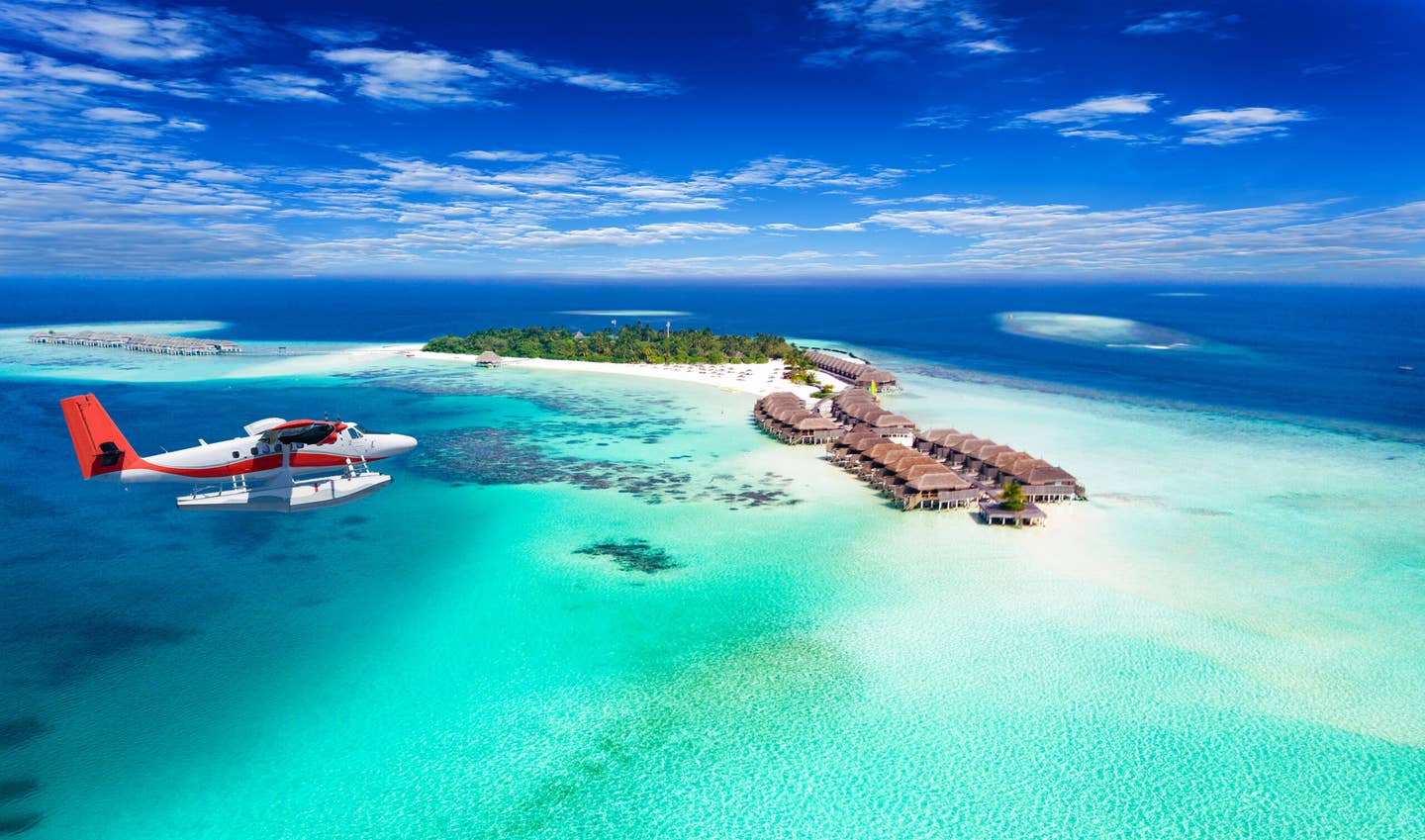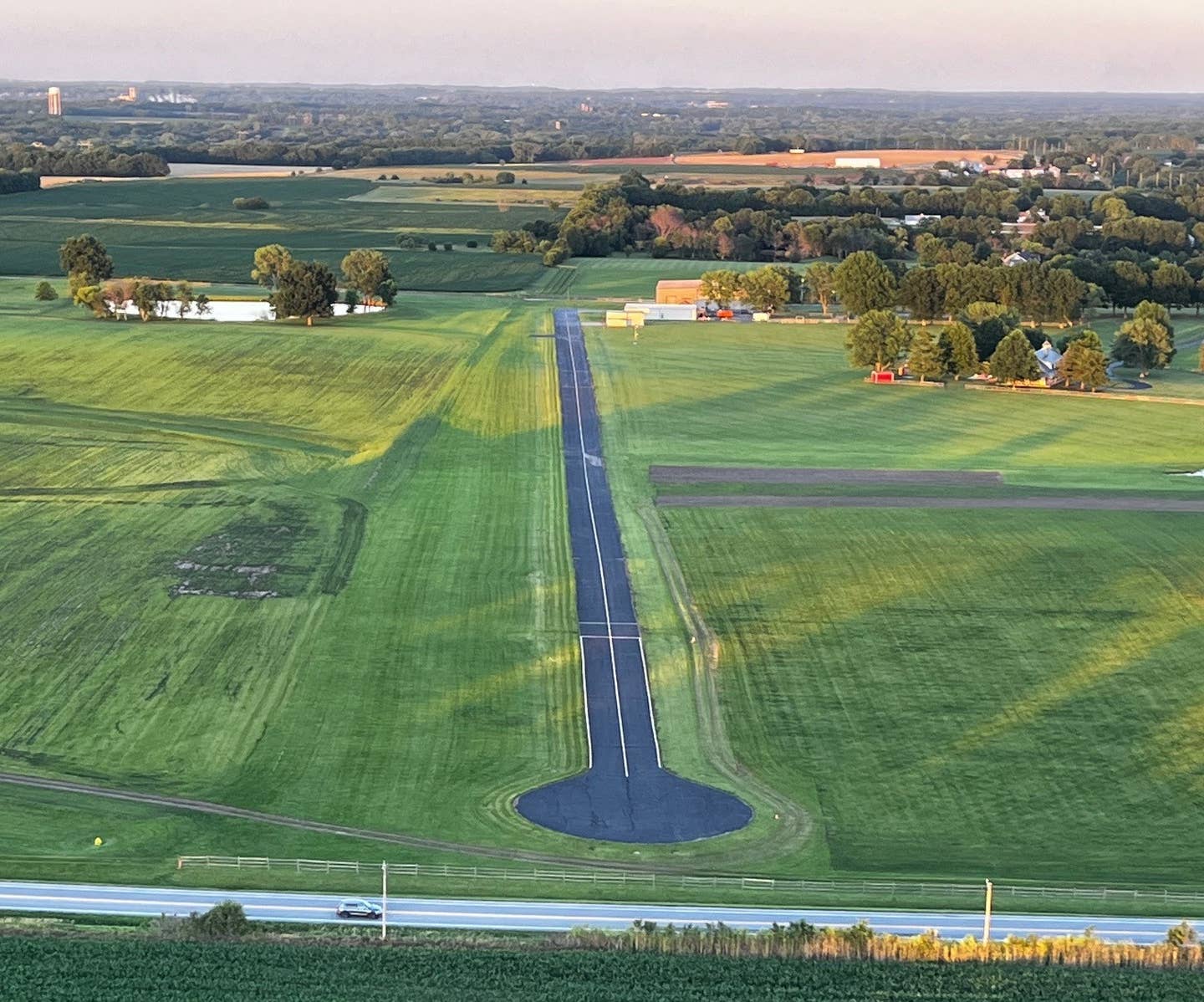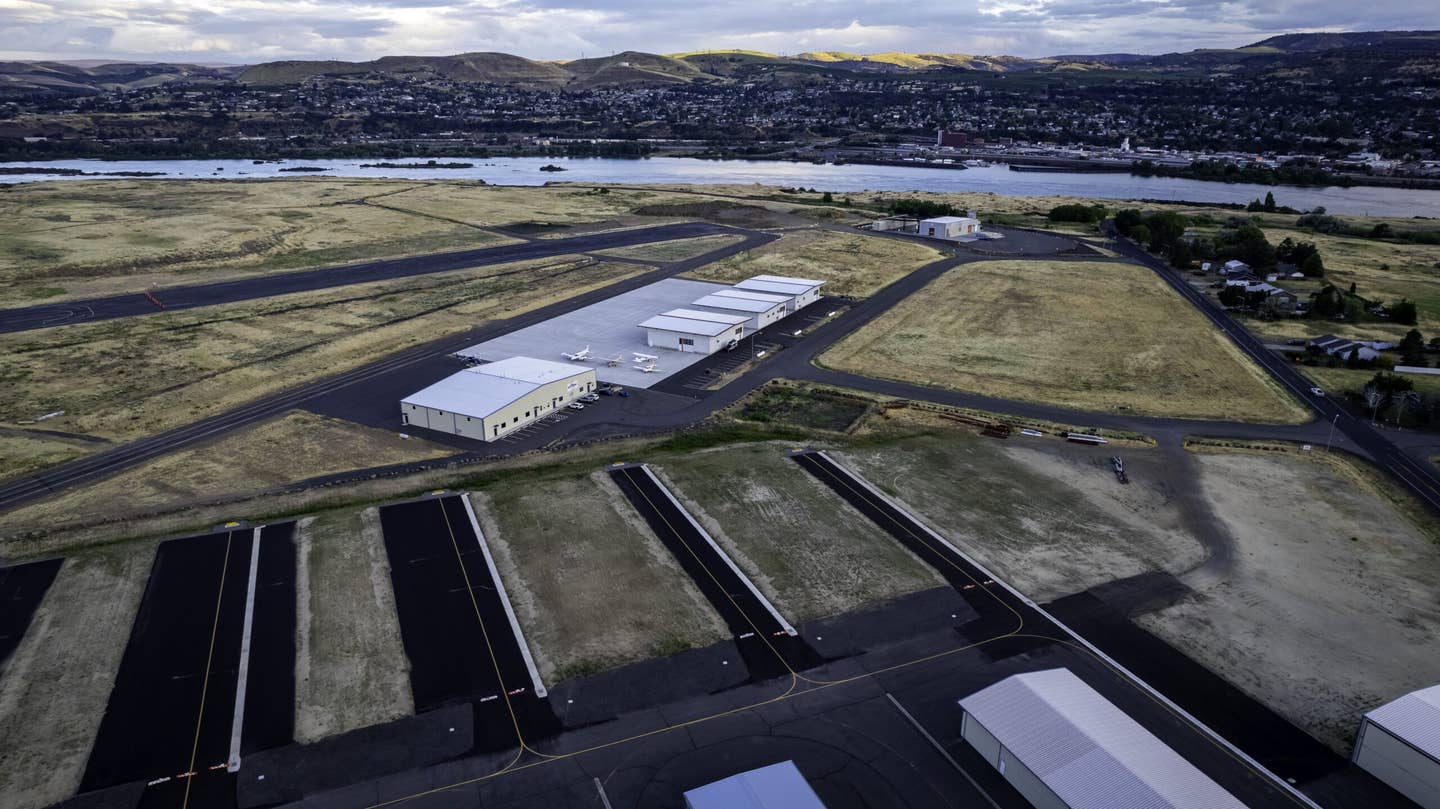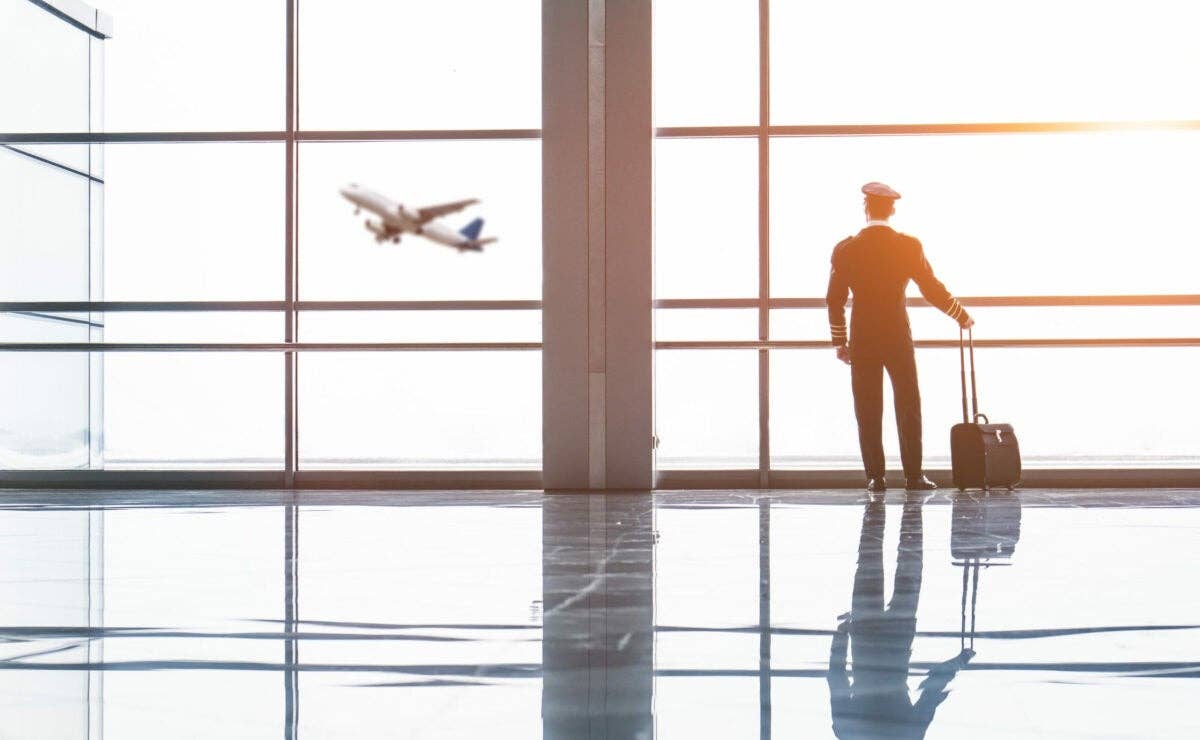Five Ratings and Endorsements for Travelers
Training beyond the private certificate can open up new destinations.

When you have a seaplane rating, parts of the world with far more lakes and rivers than runways become destinations. [File Photo: Shutterstock]
Student pilots often begin their training with ambitious plans to continue acquiring ratings beyond their private pilot certificate. But after what can stretch into a year or more of instruction and exams, we might simply want to enjoy our flying privilege for a while without an instructor watching over us.
The problem, of course, is that procrastination can set in. Years may pass as pilots find excuses for putting off that instrument, glider, or seaplane rating until next year or “when I have some free time.” But taking on new challenges is a great way to keep your old skills sharp while tapping more of your aircraft’s potential as a traveling machine.
Below are a few possible next steps for private pilots who want to continue to grow as aviators while expanding their traveling territory.
Complex/High Performance Endorsements
Regarding bang for the buck, this might be the best move newly minted private pilots can make. These endorsements get you into faster airplanes that are more capable and comfortable for long-distance travel.
The FAA defines “high-performance” as having an engine with more than 200 horsepower. Complex means an airplane has flaps, retractable landing gear, and a controllable-pitch propeller. Many aircraft fit both categories so it is easy to work on the endorsements together. Your instructor can sign off once you show proficiency. There is no set number of hours required. Figure on 10 hours but don’t be surprised if it takes a few more. Flying a complex, high-performance airplane is like learning how to cook after years of reheating frozen food. There is more to do but the results are oh-so rewarding.
Instrument Rating
Learning to fly on instruments is a serious undertaking with many requirements. In some ways it is like learning to fly again, exams, check ride and all. Some of the hours required, including 50 hours of cross-country flight as pilot in command and 40 hours of actual or simulated instrument time covering the FAA-specified areas of instruction, may sound like a lot. But you will accumulate the time quickly while training for the rating.
What the rating gives you is the ability to fly legally in instrument meteorological conditions that would ground non-instrument pilots. You may be able to start that vacation flight now instead of waiting for the low overcast to clear. But staying current and proficient is up to the pilot and might be the most difficult part of instrument flying. If you cannot realistically devote time to regular recurrent training and to flying often in actual IMC, then an instrument rating could be more of a liability than an asset.
Here’s a good starting point: If you can read all the way through section 61.65 of the Federal Aviation Regulations without feeling overwhelmed, afraid or numb, you might be ready to pursue the rating.
Seaplane Rating
This is a rating, not an endorsement, so you have to pass a check ride with a designated pilot examiner. However, there is no set time requirement and many seaplane programs are set up for getting the rating over two or three days of training. This is a lot like the weekend courses for obtaining a motorcycle license. There is a lot to learn but you can do it once you cut out the distractions.
Flying a seaplane has obvious travel implications. Parts of the world with far more lakes and rivers than runways become destinations. There are many rustic resorts and remote lakeside camps that are accessible only by boat or seaplane, so being able to fly one is like having an exclusive passport. Amphibious floats let you keep the option of landing on paved runways. Or opt for straight floats and commit to life on the water.
Tailwheel Endorsement
Speaking of passports, tailwheel airplanes will also get you into special places where pilots of other types might fear to tread, from grass strips to gravel bars in secluded rivers. Taildraggers often attract people who want to embrace their inner bush pilot while visiting fly-in lodges and remote resorts. Like seaplanes, they open the door to normally inaccessible spots.
Tailwheel flying can also make you a better pilot in part because of ground-handling characteristics that require sensitivity and precision with the controls. As a crop duster in western Kansas told me a dozen years ago, tailwheel flying forces you to use the rudder and use it well—a notion lost on many pilots. While aircraft with tricycle landing gear are easier to land than tailwheel airplanes, the latter are not as difficult as some would have you believe. Budget 10 hours, though with the right attitude, it might take far less time.
Glider Rating
Pilots spend a lot of time worrying about engine failures and having to glide to an emergency landing. A glider rating will take away at least some of the fear and uncertainty by showing you what an airplane can do without an engine. No, the Rockwell Commander 114 I flew last weekend won’t glide like a Duo Discus. But the enhanced connection and awareness one can experience with a glider will help piston pilots manage flight energy and make better landings with or without power.
You can also travel in a glider. There is a ridge near my home airport that stretches all the way to Georgia. At least that is what a local glider pilot told me recently. He said he has flown his glider there and back while riding the lift coming off the ridge. You just have to hope the wind keeps blowing.

Subscribe to Our Newsletter
Get the latest FLYING stories delivered directly to your inbox






